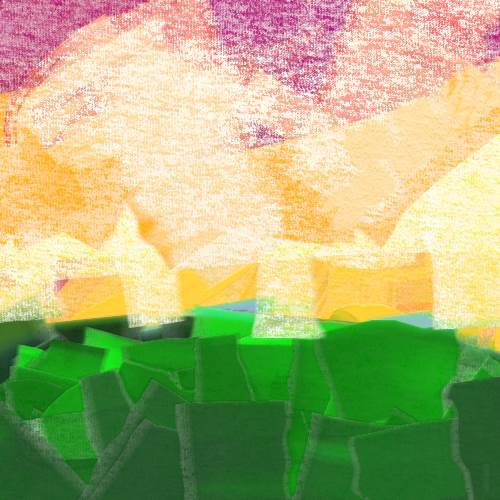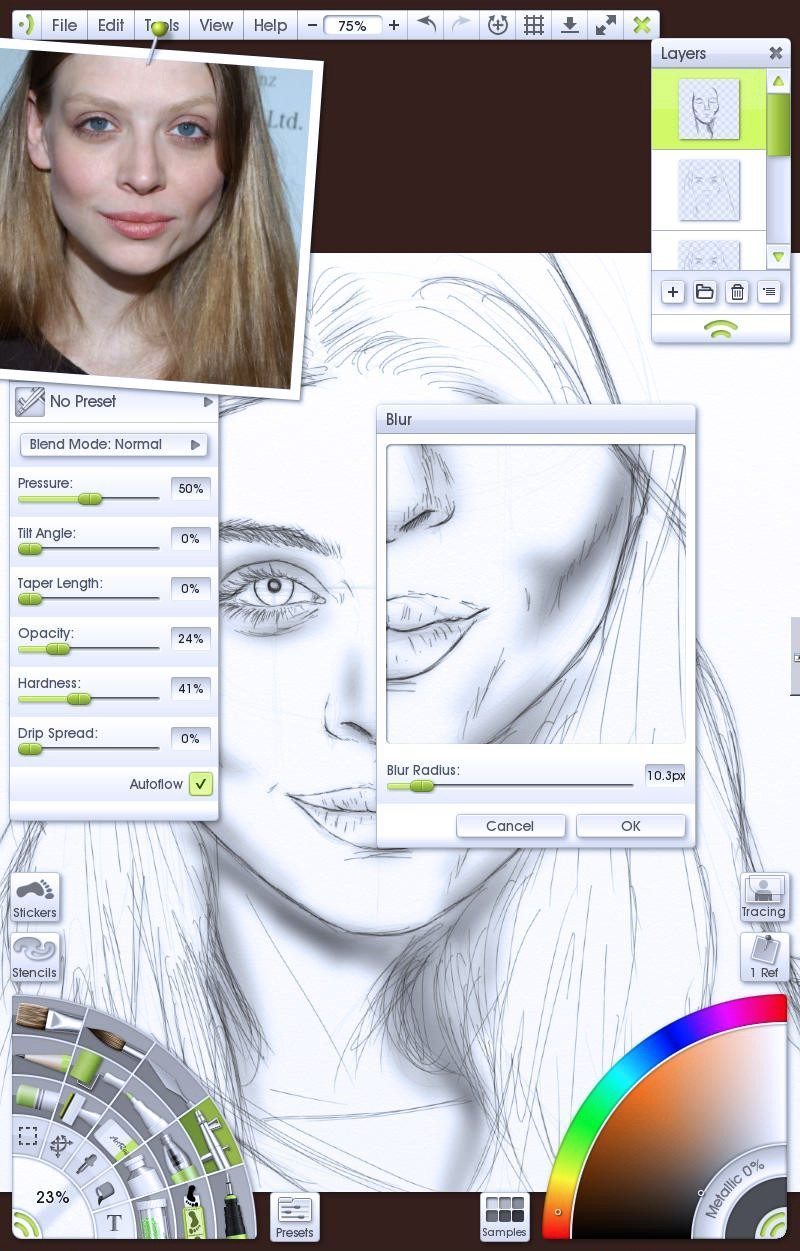
Not only you can't change a stroke's opacity on the fly with a keystroke or stylus button: some brush engines don't even have an opacity slider! What?! I spent a lot of time thinking it was me that was not finding the way, only to find out (after forum browsing and searching) it was by design. It is such a standard, I don't know what would be the reasoning behind not having it there.
Artrage 6 watercolor review software#
You can adjust to that pretty quickly since this example is easy to figure out, but then you go to the Custom Brush presets and you find a whole category called "Blenders"… that have the Custom Brush parameters instead of the Palette Knife ones.īut what frustrated me the most was the fact there is no global Opacity parameter for all of the brushes that you can change while painting, like you would with brush size, something that is present in every single piece of painting software out there. So, for instance, the Palette Knife tool is for blenders and smudgers. Another reason is the name conventions for some of the tools and parameters differ from industry standards and that means if ArtRage is not the first painting program you ever use, you'll have to "translate" some of the names in your head, even if later on they make sense. For the others, you can tweak the settings in the settings panel and then save them as a preset, but you can't launch the brush designer and have them appear there. The first one is that you can use the brush designer with only some of the brush types.

I have to confess, I got a bit confused at times, and I figured this is because a couple of reasons. So that's a good addition for users of previous versions. Something new in ArtRage 6 that wasn't there before is that you can add volume to your Custom Brush strokes, or use any Custom Brush as an Eraser. It's a great thing there's the Brush Designer, that'll let you tweak and create your own brushes. It depends on what your preferences are, but my point is I felt ready right from the get go.Īfter I spent some time with the brushes, I wanted to play with the brush engines and their parameters. This can be, of course, a matter of taste or habits. Sometimes I have to spend a lot of time initially tweaking the brushes in other programs. They felt painterly, with nice pressure sensitivity and blending capabilities. My immediate impression while carelessly testing the brushes was how good they felt right from the start. It's like opening new art supplies and just making random strokes with them to feel that first sparkle of newness, before you get serious and analytical. It's just such a joy to open a program for the first time and have a feel for it. The first thing I always do is to just play with the brushes. It's so nice to see developers actually thinking about this stuff!
Artrage 6 watercolor review pro#
I love this! When you're painting in a small pen display, like the 13" Cintiq Pro I have, you need this kind of function.

One other thing I have to mention is the fact that if you have a panel open over your canvas when you're painting, it disappears temporarily while you make your stroke. Also, for dark themed UI fans, there's the "Lights Out" option, to turn UI elements dark.

But if by now you're too familiar with docking panels to try something different, there's the Docking mode as well. It's nice looking, straight-forward, and feels artsy but current at the same time. Well, let me put it simply: it feels great! Their "classic" mode is their original one, and it's very comfortable and unobtrusive, with convenient toggle buttons for panels and their signature tool palette and color palette corners. And since I haven't tried it before, I didn't know how the experience would be. ArtRage has been unique in its UI since it first came out and I've always been intrigued by it. It's not just a way to get around tools, I can actually "feel" the difference between programs, just as much as if I was using different grips on a pen, or hairs in a brush.

I always insist in the importance of the UI/UX of a program.


 0 kommentar(er)
0 kommentar(er)
